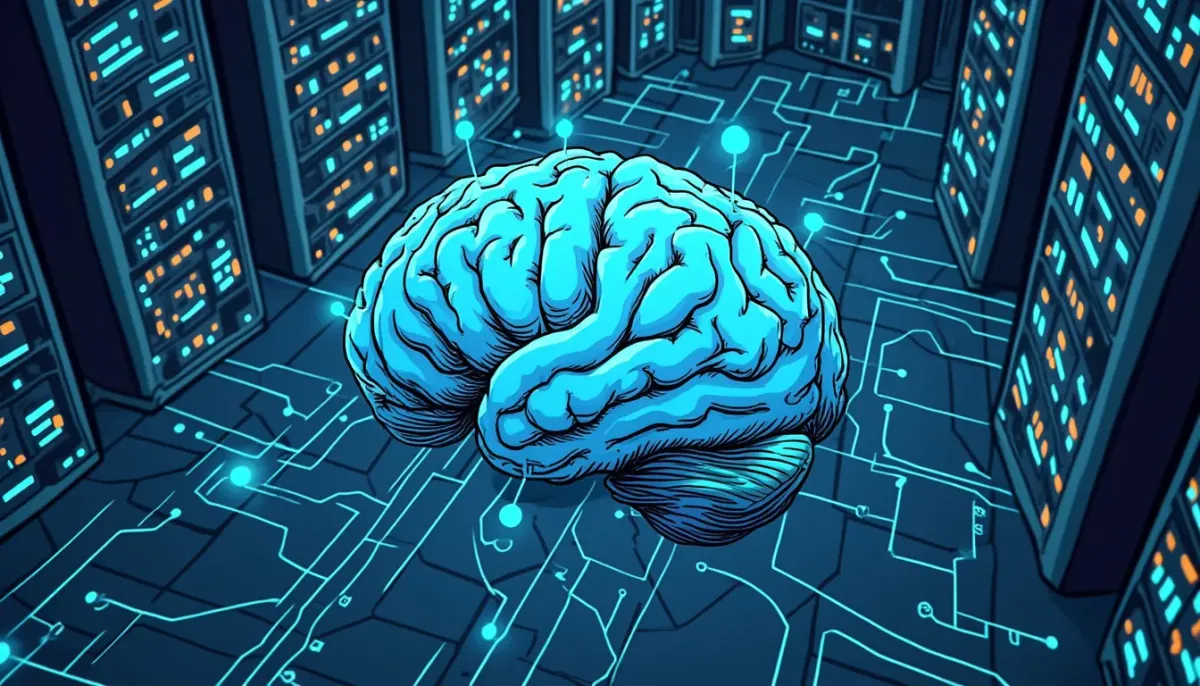Understanding GPTs: Unraveling the Technology Behind Generative Pre-Trained Transformers
Exploring GPT technology, its history, and transformative impact on AI applications, highlighting its role in refining video captions.

Breaking Down GPT: The Core of ChatGPT
GPT, which stands for Generative Pretrained Transformer, marks a significant milestone in artificial intelligence, particularly in natural language processing (NLP). Fundamentally, a GPT is a type of large language model that employs deep learning techniques to produce coherent and contextually relevant text. Let’s delve into the components that make up a GPT, explore its history, and understand its practical applications today.
What Exactly is a GPT?
To comprehend a GPT, we must break it down into its constituent parts:
- Generative: This refers to the model's ability to generate text based on input.
- Pre-Trained: The model is trained on vast datasets prior to being refined for specific tasks.
- Transformer: A neural network architecture that processes input data by encoding relationships between its components.
"GPT models analyze sequences and predict the most probable output, effectively generating text that mirrors human-like understanding," notes a specialist in AI-centric modeling.
Generative Pre-Training
Generative pre-training involves the model learning to identify and apply patterns within unlabeled datasets, often a component of unsupervised learning. This phase enables the model to extract features from data independently, thus allowing it to make educated predictions on new, unseen inputs. Through exposure to billions of data parameters, GPT models develop sophisticated language capabilities.
The Transformer Architecture
Transformers are instrumental in NLP tasks; they don't comprehend language like humans but tokenize words into units. These units, or tokens, are processed by transformers to learn dependencies and relationships in textual input. Transformers consist of two functional modules:
- Encoders: Convert tokens into three-dimensional vector spaces, enabling the model to understand semantics.
- Decoders: Predict likely responses based on encoded tokens, leveraging self-attention mechanisms to prioritize important information.
Self Attention: The Heart of Transformers
Unlike older neural networks such as Recurrent Neural Networks (RNNs), transformers use self-attention to weigh the significance of tokens in an input sequence, regardless of their position. This mechanism allows the model to grasp the relationships and dependencies among words, enhancing contextual accuracy.
A Brief History of GPT
The transformer model's journey began with the 2017 paper Attention is All You Need from Google Brain. Since then, various models based on this architecture have emerged, including LLaMA by Meta, Granite by IBM, and proprietary platforms like Google's Gemini. OpenAI’s GPT series, including GPT-1 in 2018, followed by progressively larger models like GPT-2 and GPT-4, exemplify the state-of-the-art in this evolution.
The development of GPT models over time has expanded their capabilities significantly, growing from just answering questions in an early stage to performing complex tasks with limited hallucinations.
Real-World Application: Enhancing Video Captions
In practical settings such as video education, GPT technology exhibits remarkable efficiency. For instance, a common challenge in video captioning involves inaccuracies in transcriptions. A misrepresentation of “COBOL” as “CBL” or a misalignment of technical terms showcases the limitations of older AI models.
Applying a GPT model to refine transcripts significantly reduces errors through its self-attention mechanism, which better understands the entire context. Even without a precise script, the model corrects technical names and phrases based on learned language and contextual patterns, illustrating potential real-world shifts in AI productivity.
Conclusion
Generative Pre-Trained Transformers are the backbone of contemporary generative AI applications, ushering a new era of linguistic processing through the usage of transformer architecture. By processing text at scale and learning from vast data, GPT models continue to revolutionize communication technologies, echoing the sentiment: Precision in AI isn’t just about data; it’s about how a model uses that data constructively.
Transformers, particularly when embedded with generative capabilities, symbolize a new frontier for artificial intelligence, demonstrating versatility across numerous fields and continued promise for innovation.
Midjourney prompt for the cover image: An abstract representation of a digital brain engaged in processing text with interconnected nodes and pathways; the setting is a futuristic data center, captured in a top-down view, showcasing complex algorithmic patterns and electric blue luminescence; sketch cartoon style conveying innovation and AI technology.

